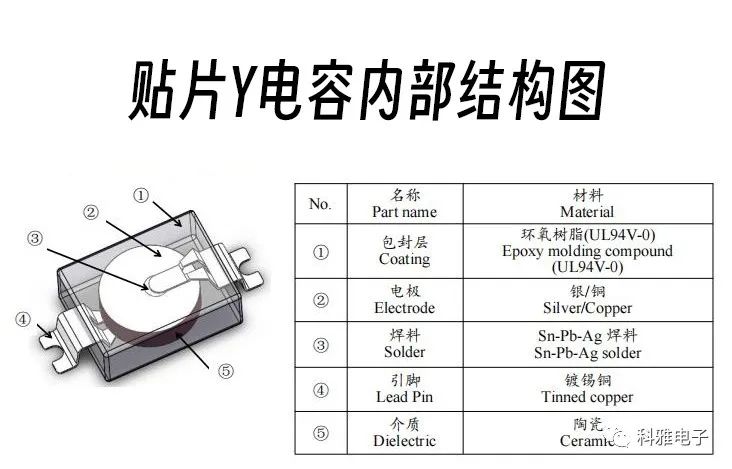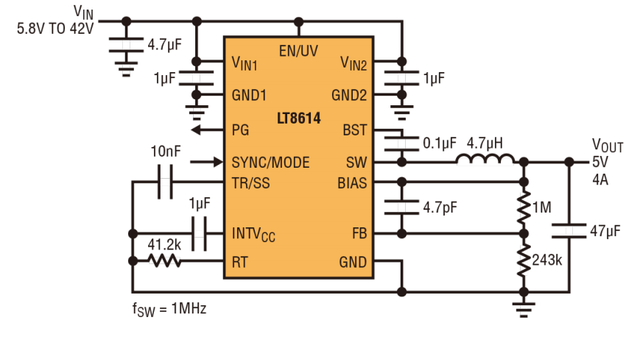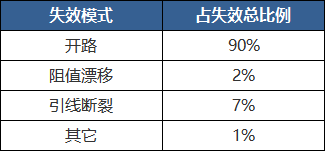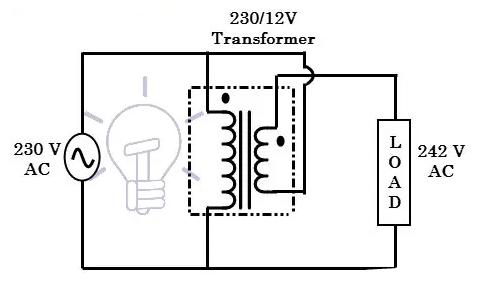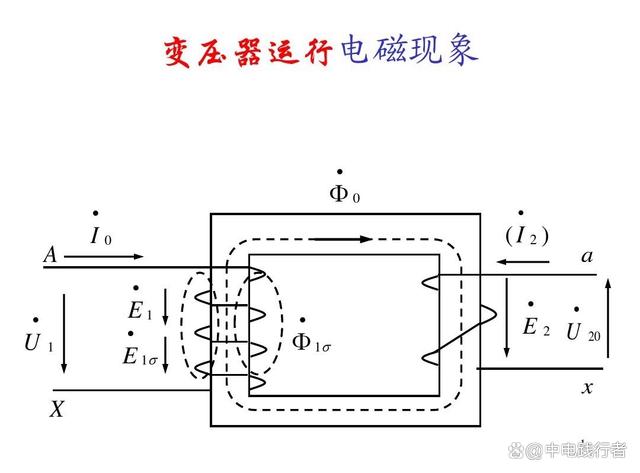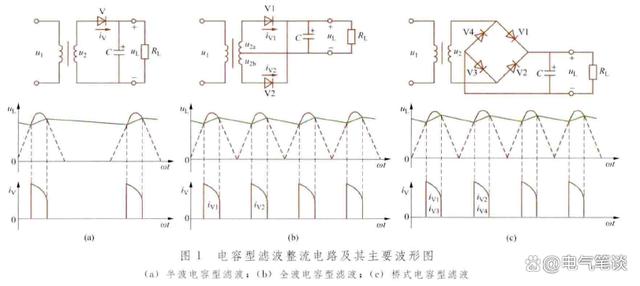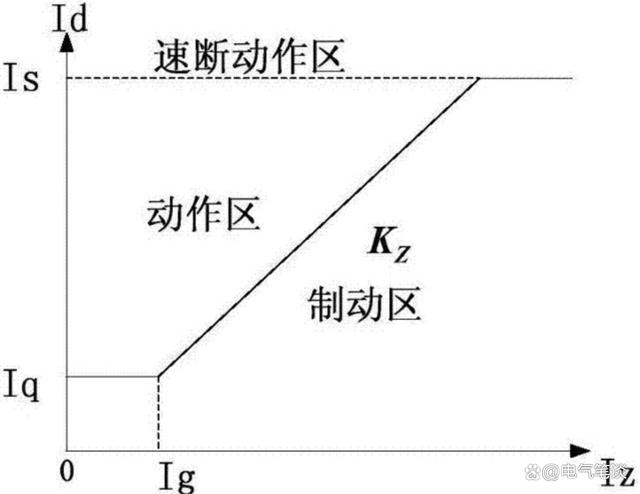What is the internal structure of a chip Y capacitor, and what is the difference between it and a tr
Traditional Y capacitors are mainly in the form of plug-ins. Since Keya launched the JK-ET series of chip Y capacitors, many people have been confused about what the internal structure of chip Y capacitors looks like. How is it different from traditional plug-in Y capacitors? What's the di
Read More


